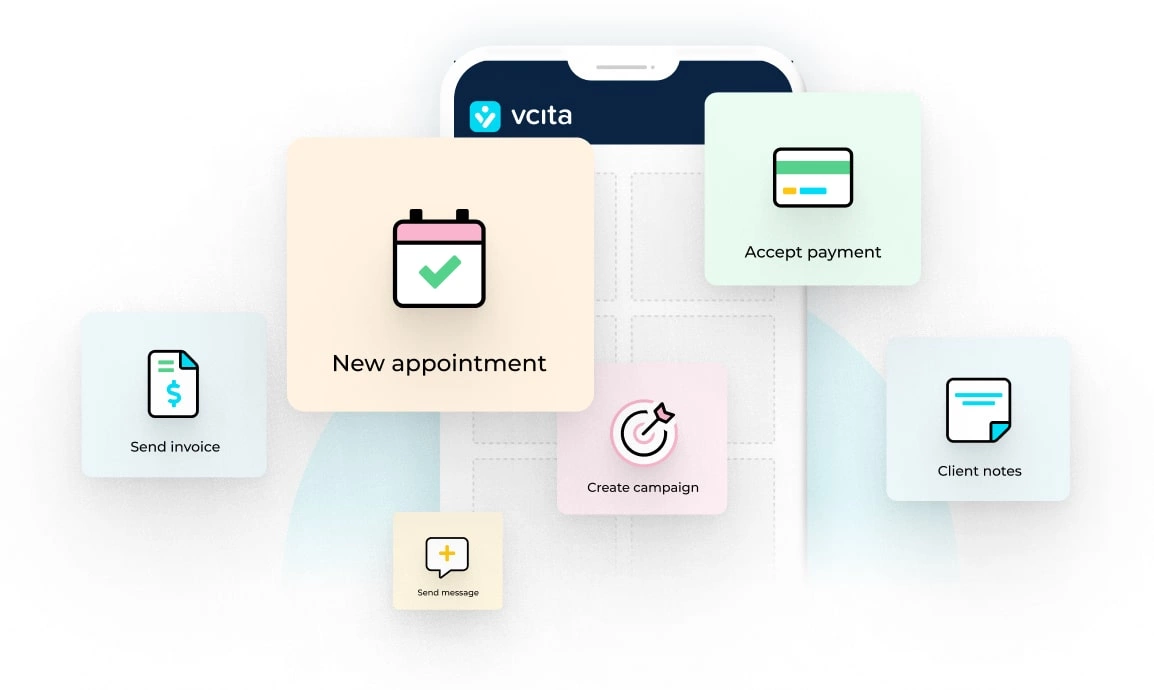Great minds think alike – except when they don’t.
In life – and all the more so in business – you’re going to need services, resources, and cooperation from minds great and small who think very differently than you do. How do you get what you need? Enter negotiations.
Negotiations with customers, partners, suppliers, investors… and with your significant other over how much time you should be working on your business.
Negotiations over prices, terms, responsibilities, salaries and much, much more.
If you’re one of the few people who excel at negotiations, power to you!
If you’re not, here are five powerful strategies to grab in preparation for your next negotiation.
- 📈 Start high and plan to make concessions: To ensure successful negotiations, begin with a high initial anchor and be prepared to make concessions to avoid leaving the other party feeling unsatisfied.
- 💪 Avoid power struggles: Instead of aggressive tactics, focus on cooperative problem-solving, viewing the other party as partners, not opponents.
- 👂 Listen, learn, repeat: Effective listening and reflecting the other party’s ideas can reduce defensiveness and increase willingness for dialogue and cooperation.
- 📣 Be the other party’s PR strategist: Help the other party craft a PR strategy that makes them look good and feel satisfied with the negotiation’s outcome.
- 🤝 Get a third side involved: In challenging negotiations, consider involving a third party with a vested interest in a positive outcome to guide and refocus the process.
1. Start high and plan to make concessions
Irrational as it may seem, it’s actually less important to get what we want than it is to make sure the other side doesn’t get everything they want. Call it the five-year-old within us: [cue whiny tone of voice] “Mo-om! Why does Katie always get whatever she asks for and I don’t? It’s not fair!”
To leave the other side feeling like the negotiations were a success, prepare and plan to make concessions. How do you make sure the whiny “it’s not fair!” music doesn’t start playing in your head? Start the initial anchor high enough that you’re willing to make those concessions.
2. Avoid power struggles
Yes, bullies may get what they want. The first time.
But pushing your agenda in an aggressive manner is not a great long-term strategy. If you try to “make” the other side do what you want, you immediately make yourself subject to a social form of Newton’s 3rd Law of Motion: every action has an equal and opposite reaction. Very quickly, those being bullied learn to avoid, resist or push back – with force.
The essence of good negotiation is cooperative problem-solving. Your job is to be a leader, not a bully. Look at the other side as partners, not as targets or opponents. Focus on solving the problem, not winning the battle.
As soon as a negotiation turns into a power struggle or a battle, says negotiations expert Margaret Neale, everyone involved just lost. Neale explains how she learned that from an unlikely teacher – her horse, Sal. And when you’re messing with 1000 pounds of horse, the consequences of losing can be pretty harsh.
3. Listen, learn, repeat
Picture a stereotypical argument between spouses, siblings, friends… just about anyone. What phrase will inevitably be heard as the decibel level rises?
When we feel we’re not being heard (whether or not that’s true), we immediately become upset, defensive and totally uncooperative. Why bother talking to or working with someone who’s not listening?
If your negotiation partners feel that way, it’s bad news for your outcome.
To avoid a mess, you need to listen… and let the other party know that you’re listening. One of the best ways to do that is by reflecting. Simple but powerful, reflecting is repeating back the other party’s ideas after they finish talking. Just repeating. No embellishments or injections of your own. No defensive statements or explanations – even when it’s tempting.
So when the other party says something like, “You’re asking way too much for your coaching sessions! Most other coaches charge 50% or less. This is highway robbery!”, even though your first impulse might be to kick them in the teeth or yell, “So go find a cheap coach!” – restrain yourself.
Draw on your Jedi skills of self-mastery and respond, “So, it sounds like you feel that the price I’m asking isn’t representative of the market. And you feel that it’s unfair to charge that price.”
The other party will probably be in shock for a few moments. Did they just get heard? Did they just get validated? And from the other side of the table?
As a result, defensiveness and aggression will decrease. Willingness for dialogue and cooperation will increase. We guarantee it.
4. Be the other party’s PR strategist
Take a step into the other party’s shoes. Any decision they make has to pass the PR test: “Can I present this to my constituents and still look good?”
Their constituents might be the management of their company, or their workforce, or their business coach, or their mom.
Most importantly, they have to “present” the results to themselves – how are they going to feel about themselves if they agree to what you’re asking?
Your job, if you want to reach a successful conclusion to negotiations, is to help the other party look good and walk away feeling satisfied. Before you offer any deal, first craft their PR strategy. Then, when you’re actually talking it out over the negotiation table, suggest (discreetly) how they can couch their concessions and agreements in a way that makes them look not like a wimp or a pushover, but rather like a hero.
5. Get a third-side involved
Expert negotiator William Ury tells of his time living with the San Bushmen of South Africa. Every member of this aboriginal tribe uses poison arrows for hunting, so deterioration of a discussion to an armed conflict has fatal consequences. What did they do to resolve their differences?
The first step was that someone would go out to the bush and hide all the poison arrows there. Then the tribe would sit down and talk for a day, or two, or three, or however much time it took until they came to a resolution or reconciliation. If one of the parties was still too emotionally charged, the community might send them off to stay at another village for a cooling-off period.
Who is the hero here? It’s the third side – the community. It’s the third side that goes out and hides the arrows. It’s the third side that makes sure that talk happens, and that it stays on track. It’s the third side that reminds the parties of what’s at stake.
If your negotiations are veering off track, or emotions keep disrupting the negotiation process (or either party has poison arrows), get a third party involved. Find someone who has a vested interest in a positive outcome for both sides. Let them guide you and help you focus.
Go for the win-win
If you’ve ever met a human with whom you had no difference of opinion whatsoever, chances are you were looking in a mirror.
Business – and life in general – is rife with potential both for destructive conflict and for fruitful cooperation. Use these strategies to negotiate successfully and create the relationships you need to propel your business forward.




























